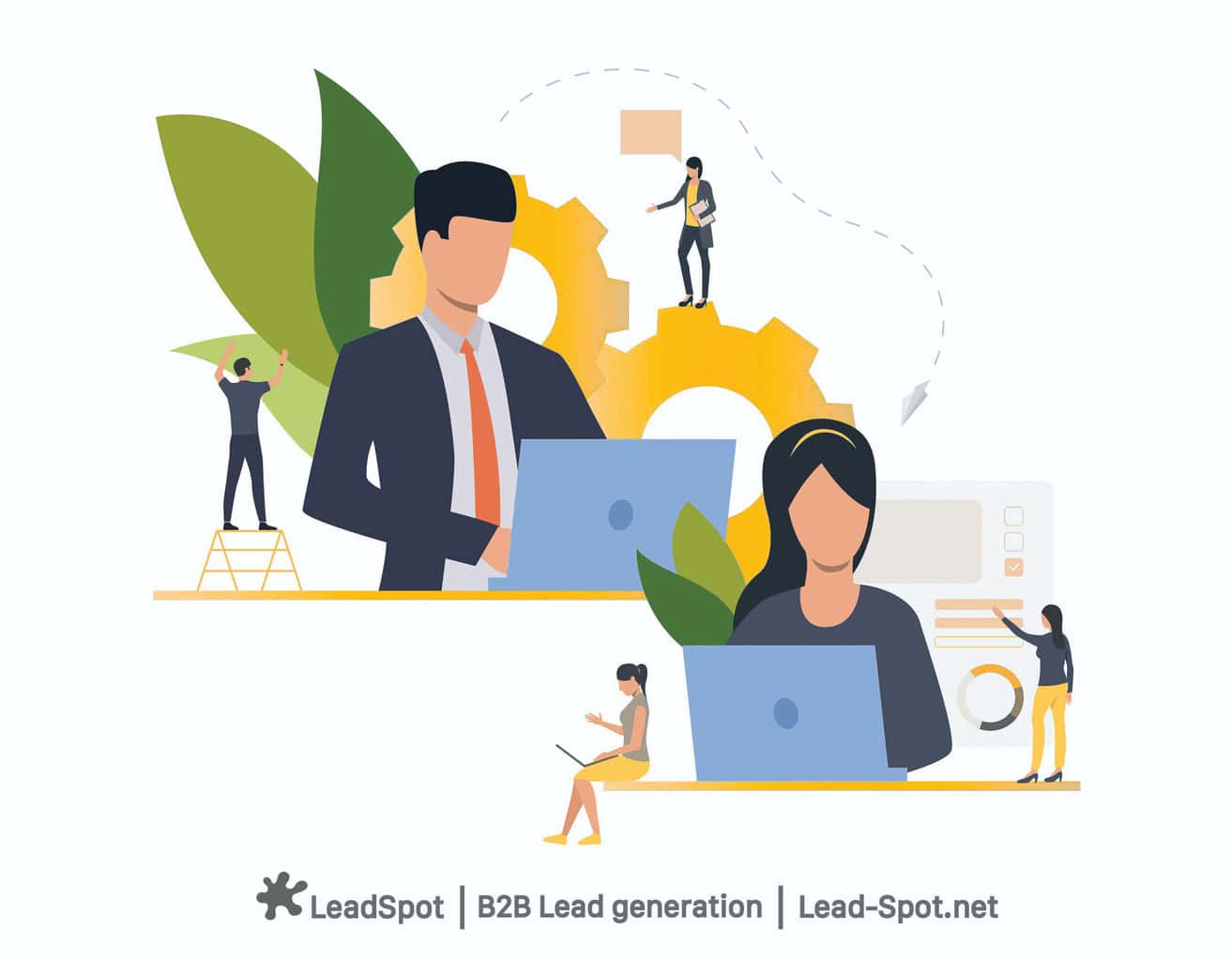By Eric Buckley, CEO of LeadSpot
AI has reshaped how we personalize campaigns, generate leads, and scale our sales & marketing enablement. But with all the excitement about automation and efficiency, there’s a growing, underreported risk quietly taking shape: AI “Lead Theft.”
At LeadSpot, we talk to sales and marketing leaders every day, and we’re seeing how B2B marketers unknowingly train shared AI models with their hard-earned intelligence…and then watch those insights show up in a competitor’s campaign. It’s not a growth hack. It’s a design flaw in how many commercial AI tools operate.
Let’s break down what’s really happening and how to protect your brand and competitive edge.
What Is AI “Lead Theft”?
AI “Lead Theft” is not someone hacking your CRM. It’s actually your marketing team using AI tools, especially large language models (LLMs), that learn from pooled data across users. If your prompts, campaign strategies, personas, or segmentation logic are processed in a shared model, then your insights are now part of the model’s general knowledge.
That means your competitors using the same platform may benefit from your inputs, even indirectly.
“The value of proprietary data is diminished if it trains a model used across hundreds of competing teams.”
— Gartner, 2024, “Emerging Risks in Generative AI for B2B Marketing”
Why It’s Happening
Most generative AI platforms, including popular ones we all use for content creation, ad strategies, and campaign ideation, use foundational models. These models continuously improve using user inputs, prompt-response cycles, and feedback loops. Unless you’re paying for an isolated or “enterprise sandbox” environment, your use contributes to model training.
3 Hidden Pathways to Competitive Leakage:
-
Shared Training Pools: Your data helps improve the model. That improved model helps competitors.
-
Prompt Engineering Reuse: Sophisticated prompts used to create buyer personas or email copy are retained as tokens in LLM memory.
-
Reverse Inference: AI tools may regenerate similar insights, messaging, or persona models for another user, based on your earlier inputs.
The Data Sovereignty Angle
The more you scale AI, the more questions you must ask about data sovereignty: who owns the data, who can access the outputs, and whether your market insights are protected.
Enterprise solutions from Microsoft, OpenAI, IBM Watsonx, and Anthropic Claude offer private training environments, but most mid-market SaaS tools do not.
“By 2026, 70% of enterprise marketing teams will require vendors to verify AI data handling practices to comply with internal IP policies.”
— Forrester Research, “AI Risk Forecast 2024–2026”
Best Practices for B2B Marketers
If you’re using AI in your lead generation or content syndication efforts, take these steps to protect your strategy:
1. Demand a Data Policy Review
Ask every AI tool vendor how user data is handled. Look for options that prevent your prompts or data from being used to retrain shared models.
2. Use Enterprise or Private AI Workspaces
Pay for tools that offer sandboxed AI environments. OpenAI, Jasper, Copy.ai, and Writer all offer enterprise-grade privacy tiers.
3. Create a Prompt Library In-House
Treat your best-performing prompts like proprietary code. House them in Notion, Confluence, or secure docs, not inside the tool UI.
4. Avoid Feeding Strategy-Level Intelligence
Don’t use AI tools to generate strategic frameworks, ICP definitions, or GTM messaging; these are your IP.
5. Rely on Human-Verified Lead Sources
At LeadSpot, we combine AI with human-led data verification and custom targeting to ensure our clients maintain data integrity and competitive distance.
Final Thoughts
AI is a powerful tool, but it’s only as secure as the ecosystem around it. As B2B marketers, we have a responsibility to not just automate faster, but protect smarter.
If your lead gen engine is feeding your competitors, that’s not a funnel. It’s a leak.
Time to call a plumber.
FAQs
Q: Is this really theft if it’s just shared AI training?
Not legally…yet. But it’s competitive leakage. What makes it risky is that the other party doesn’t need access to your CRM. Just the same AI tool.
Q: Should I stop using AI tools altogether?
No. Use smarter tools with better privacy. AI should assist, not own, your strategy.
Q: How do I know if an AI tool is using shared data?
Check the vendor’s data policy, terms of use, and whether they offer “no-train” or private model options.
Q: Will AI tools warn me when my data is being used this way?
Rarely. That’s why you need to ask directly, especially if you’re handling competitive messaging.
Glossary of Terms
AI “Lead Theft” – The phenomenon where proprietary insights used in AI tools are inadvertently reused across competitors via shared model training.
LLM (Large Language Model) – A type of AI trained on vast datasets to generate human-like text. Examples include GPT-4, Claude, and LLaMA.
Pooled Training Data – User-generated data used to further train and refine AI models across a platform.
Private Sandbox AI – An isolated version of an AI model that only trains on your data, preventing reuse in public models.
Prompt Engineering – The practice of crafting high-quality prompts to get better outputs from AI models.
Zero-Party Data – Data that a customer willingly shares, often for personalization. Does not include inferred or scraped data.
Data Sovereignty – The concept that data is subject to the laws and governance of the country or organization that owns it.
Competitive Leakage – When valuable strategic insights unintentionally spread to competitors, reducing differentiation.



